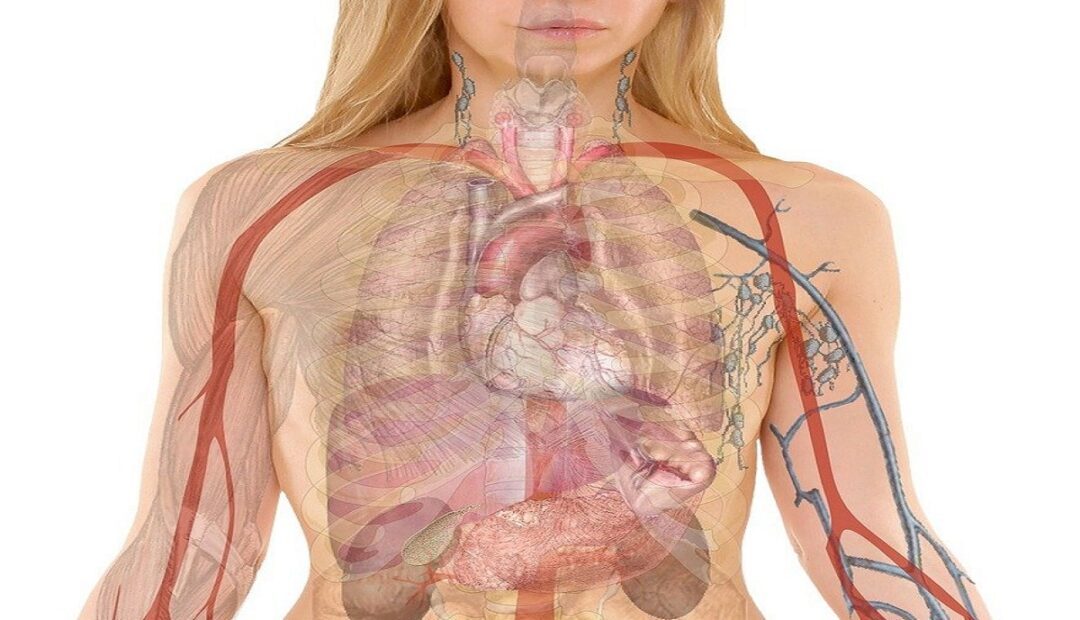CHROMOSOME: THE BASIS OF HEREDITARY
CHROMOSOME: THE BASIS OF HEREDITARY – FULL EXPLANATION LOCATION AND STRUCTURE OF CHROMOSOMES Chromatin granules (thread – like structures) found in the nucleus of eucaryotic cells are the precursors or raw materials of chromosomes. Chromosomes occur in pairs known as homologous chromosomes. Each chromosome is made up of two threads called chromatids joined […]
CHROMOSOME: THE BASIS OF HEREDITARY Read More »
